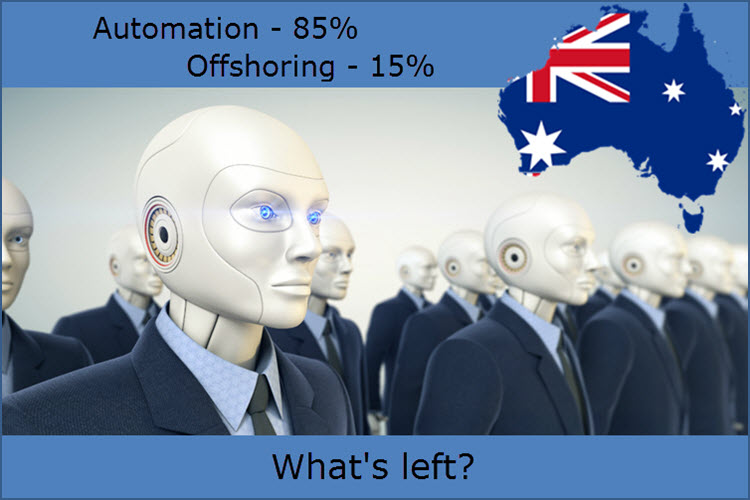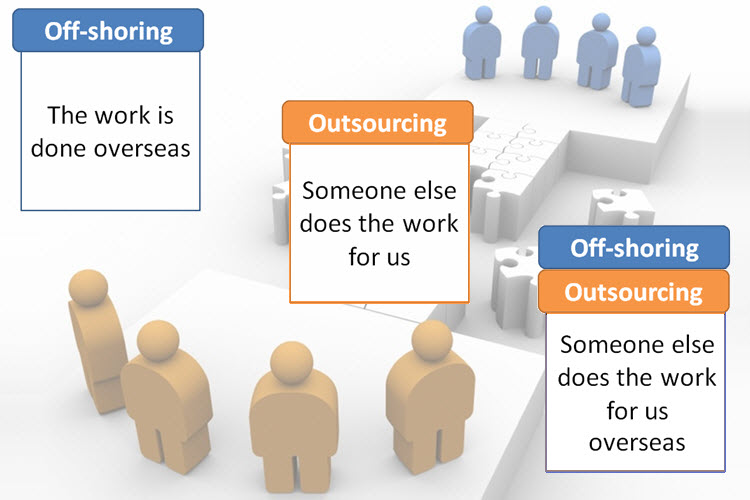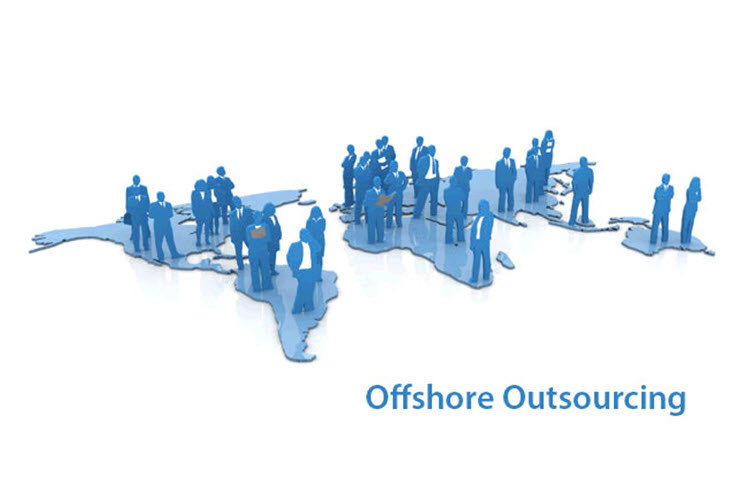More recently we’ve been blogging about the desire of offshore labour providers (offshoring) to have above market remuneration and conditions, which allows them to pass on the (hidden) cost of these conditions to the client, usually the Australian accounting firm.
We were recently exchanging communication with an offshore services provider in the Philippines recently related to our blog on Offshore labour firms are not your friends and he commented: “Don’t you give your staff 4 weeks leave, that’s normal in both Asia, Australia and US”.
We were struck dumb for quite a while, then thought it might be appropriate to blog about this issue, as obviously if CEO’s of offshore service providers has no idea on legal requirements on leave conditions for their staff, then it’s likely also not an issue on the radar of Australian accounting firms who are engaging offshore labourers.
And a good due diligence requires Australian accounting firms check not only the working conditions, but also the legal working requirements. It is then up to the Australian accounting firm to decide whether Outsourcing offers a better alternative, or whether the Australian accounting firm is able to adequately compete when accepting above market working conditions offered by offshore labour providers.
So, whilst many Australians probably know workers in the US usually have around 2 weeks annual leave, in the US there is no statutory minimum paid vacation or paid public holidays. It is left to the employers to offer paid vacation. The average number of paid vacation days offered by private employers is 10 days after 1 year of service. And looking at most of the first world countries, you’d see the norm at 4 weeks (Australia, etc), with some such as Australia at 22 days, and Norway at 25 days with France at 30 days.
But, looking at Asia, it’s necessary to take a step back and consider each country differently, because just as Europe isn’t one country, neither is Asia one country (a mistake many Australians seem bent on re-making).
In the Philippines, for example, annual leave and sick leave is not mandatory under Philippine Law. There is a concept of Service Incentive Leave (SIL), such that by law Philippines companies are required to grant their staff the SIL equivalent to five days after one year.
Maternity leaves are also different in South East Asia. In Laos, Myanmar, the Philippines and Vietnam, leave benefits are covered by social insurance, while in the other countries of the region, employers foot the bills. In the Philippines female members are eligible for maternity leave of 60 or 78 days. Compare this to Vietnamese female workers who are offered up to 182 days maternity leave, which above the average level of 12-13 weeks seen in Southeast Asia, according to the International Labor Organization. And when getting back to work, Cambodia, Laos and Vietnam currently offer female workers nursing under 12-month children an hour per day to feed their baby and rest.
It’s also good to check public holidays. In the Philippines there are 11 paid holidays, versus Australia with 10 to 13 public holidays and lots of other days (Show day, Melbourne cup day) and even the unofficial days (4 days weekends when the public holiday falls on a Tuesday or Thursday). Vietnam added a public holiday a few years ago to make it up to 10 public holidays.
Even so, on looking at Bhutan, with 9 public holidays, there are significant religious holidays, together with time off expected for regional and territorial observances. Delightfully, there are unofficial holidays which appear by general consensus, such as Snow Day, which is the first day of snow as winter approaches. It’s probably no wonder that Bhutan is the land of happiness..
On a last thought, it’s not only the working conditions, but also how happy the workers are. And as two recent surveys show, both the Happy Planet Index and the hope index show Vietnam 5th place in the world. In terms of happiest countries.









